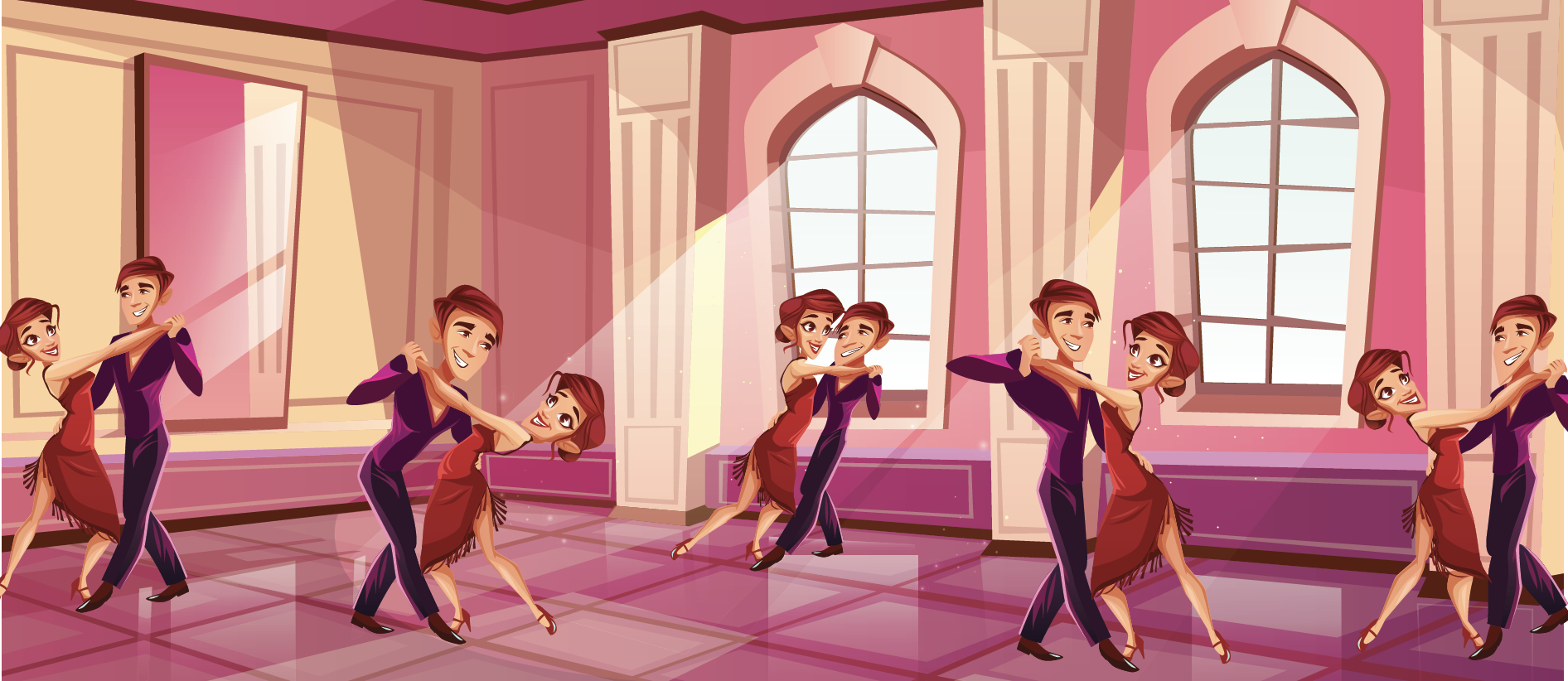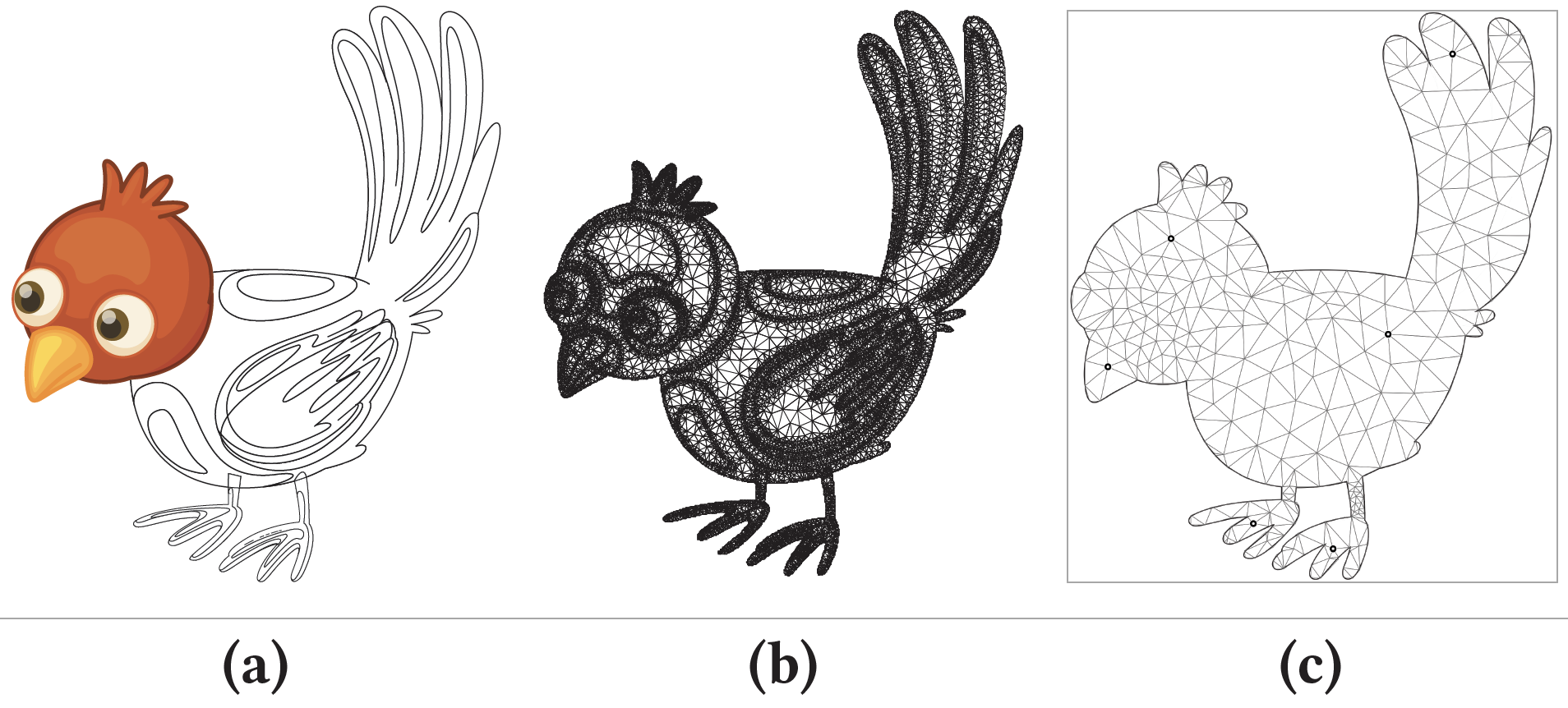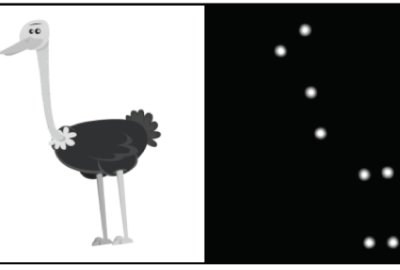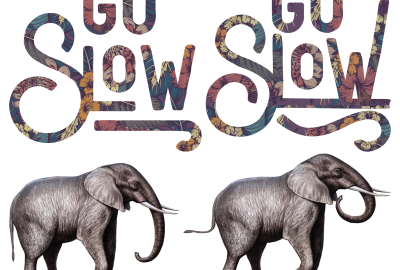“Skinning Vector Graphics with GANs” by Phogat, Fisher, Kaufman and Batra
Conference:
Type(s):
Title:
- Skinning Vector Graphics with GANs
Presenter(s)/Author(s):
Entry Number: 70
Abstract:
We propose a novel method for editing vector graphics which enables users to intuitively modify complex Bézier geometry. Our method uses a Generative Adversarial Network (GAN) to automatically predict salient points for any arbitrary geometry defined by cubic Bézier curves, which are used as handle locations for a Linear Blend Skinning transformation. Further, we bind input geometry to a triangle mesh, to decouple the complexity of input geometry from mesh topology. Finally, to reconstruct Bézier curves from the transformed mesh, we formulate a linear optimization problem and solve it in performant manner to ensure real time feedback, without increasing the number of Bézier segments.
References:
Ian Goodfellow, Jean Pouget-Abadie, Mehdi Mirza, Bing Xu, David Warde-Farley,
Sherjil Ozair, Aaron Courville, and Yoshua Bengio. 2014. Generative adversarial
nets. In Advances in neural information processing systems.
Phillip Isola, Jun-Yan Zhu, Tinghui Zhou, and Alexei A Efros. 2016. Image-to-Image
Translation with Conditional Adversarial Networks. arxiv (2016).
Alec Jacobson, Ilya Baran, Jovan Popović, and Olga Sorkine. 2011. Bounded Biharmonic
Weights for Real-time Deformation. ACM Trans. Graph. (2011). https://doi.org/10.
1145/2010324.1964973
Songrun Liu, Alec Jacobson, and Yotam Gingold. 2014. Skinning Cubic Bézier Splines
and Catmull-Clark Subdivision Surfaces. ACM Transactions on Graphics (TOG)
(2014).
Olaf Ronneberger, Philipp Fischer, and Thomas Brox. 2015. U-Net: Convolutional
Networks for Biomedical Image Segmentation. (2015). arXiv:1505.04597









